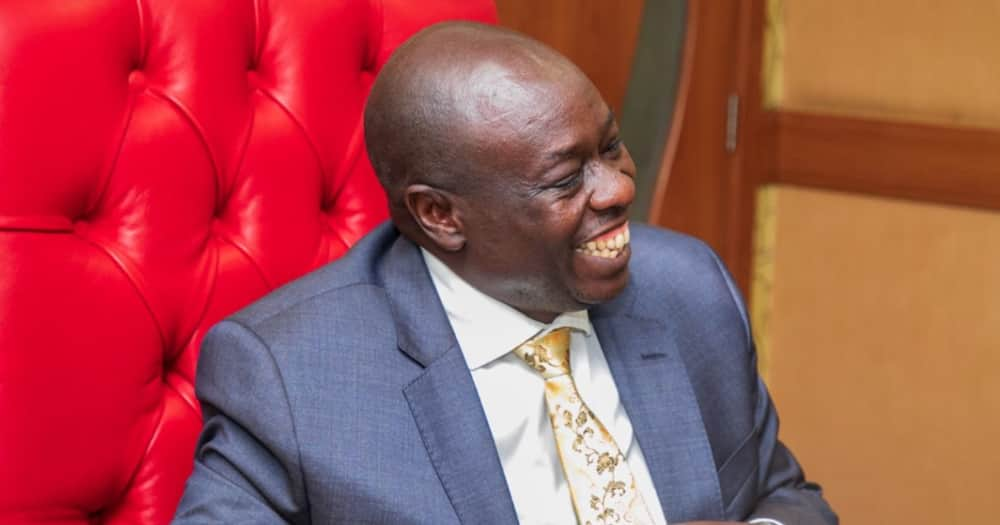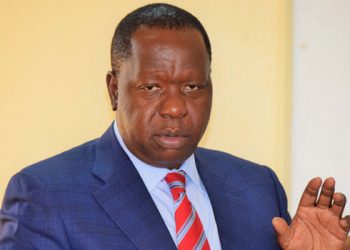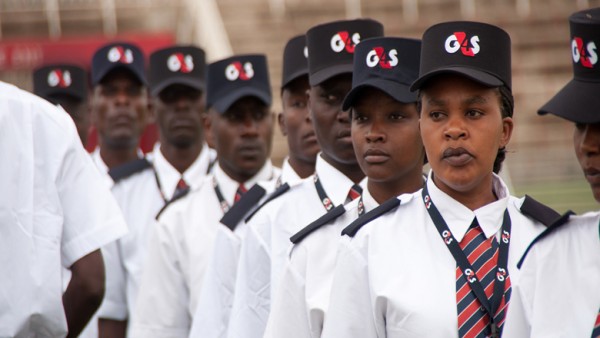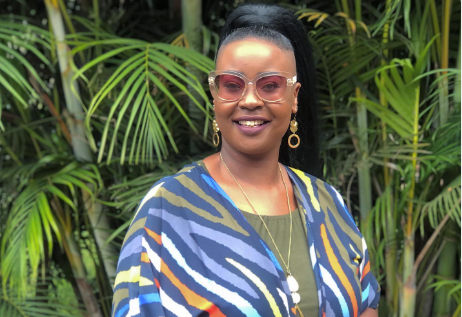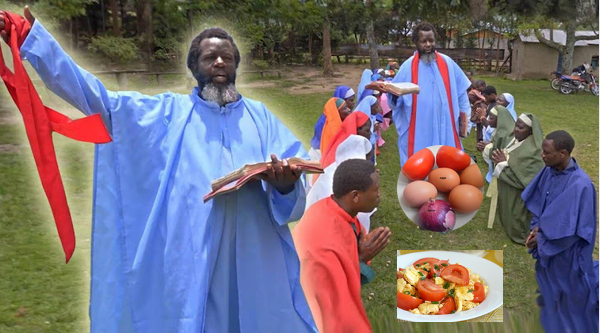Did you know?
State House Nairobi was built in 1907 and was known as Government House before independence.
It was designed by a British architect Herbert Becker.

It served as the official residence of the Governor of British East Africa when Kenya was a colony.
After independence, it became the residence of head of state the late Mzee Jomo Kenyatta.
Kenya Commercial Bank was housed at Kenya National Archives before they moved to KENCOM.
Kenya Commercial Bank started in 1896 as a branch of National Bank of India which later merged with Grindlays Bank.
Moi Airbase was formerly known as RAF Eastleigh.
It was opened by in 1940 as a base for Royal Airforce during world war II.
Kenya Airforce was disbanded and renamed 82 Airforce. In 1993, Airforce reverted back to its original name following a court order.
The name RAF Eastleigh was also used during 1935 for the airfiled in England that became RAF Southampton in 1936.
Jeevanjee Gardens was built in 1904 as Victoria Gardens.
The Duke and Duchess of Connaught unveiled a statue of Queen Victoria at Jeevanjee gardens in 1906.
Holy Family Minor Basilica church in Nairobi was built by Holy Ghost Fathers in 1904.
With a sitting capacity of 400 worshipers. It was one of the first stone buildings in the city to be constructed by a British firm Mowlem International.
The first baptism was documented in 1906.
The first marriage was conducted in 1908 while the first group of Christians were confirmed in 1923.
The first Archbishop of the Archdiocese of Nairobi was Archbishop J.J McCarthy who was among the first Holy Ghost Missionaries to come to Nairobi.
All Saints Cathedral in Nairobi was founded in 1917.
City Stadium was originally known as African Stadium then renamed Donholm Road stadium.
It was later renamed Jogoo Road Stadium after Kenya gained her Independence in 1963 and finally it was called Nairobi City Stadium with a capacity of 15,000 people.
Nyayo Stadium was built in 1983 for a capacity of 30,000 people while Moi International Sports center, Kasarani was built in 1987 for a capacity of 60,000 people.
It was constructed by Chinese and Kenyan governments.


